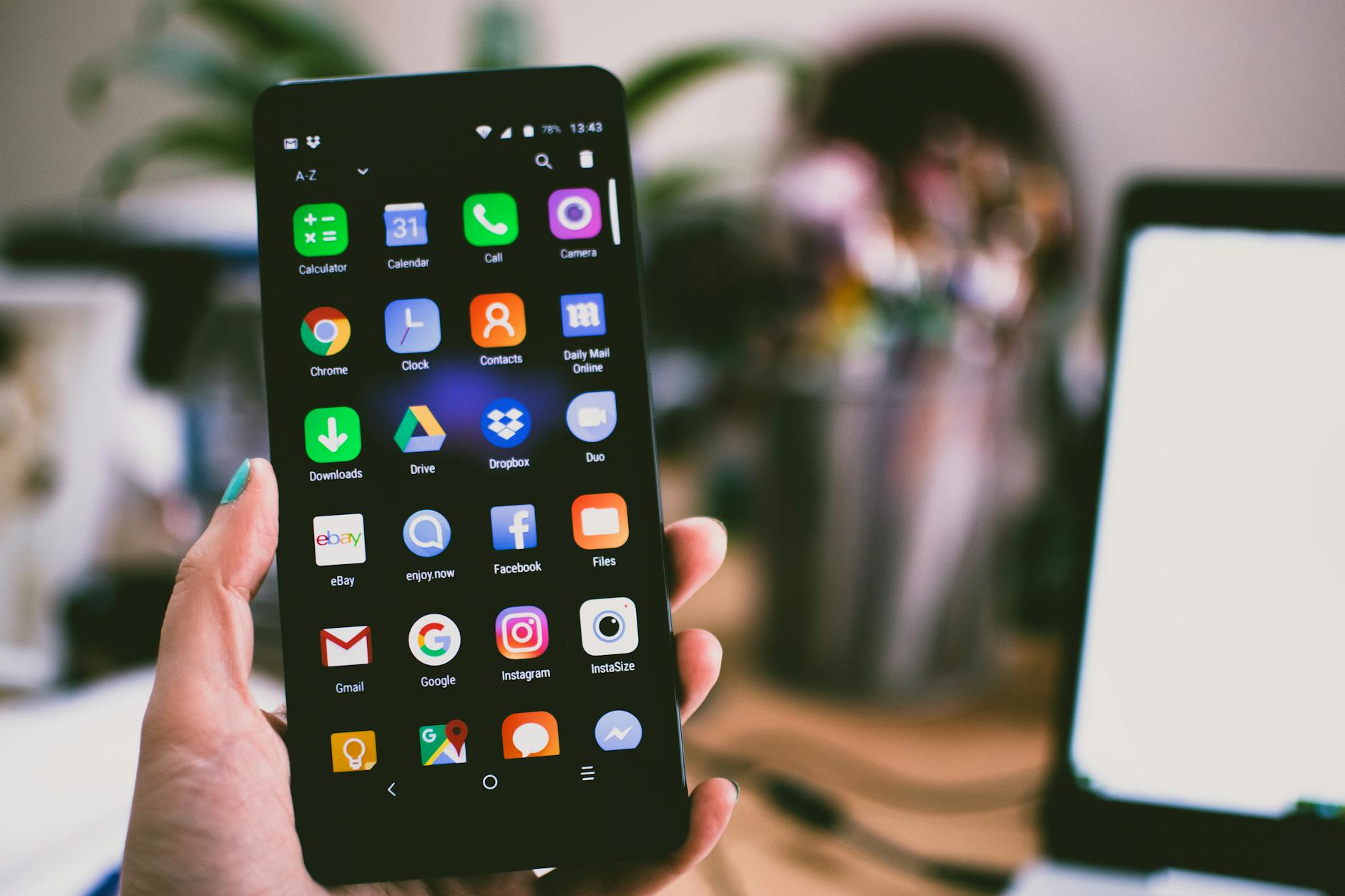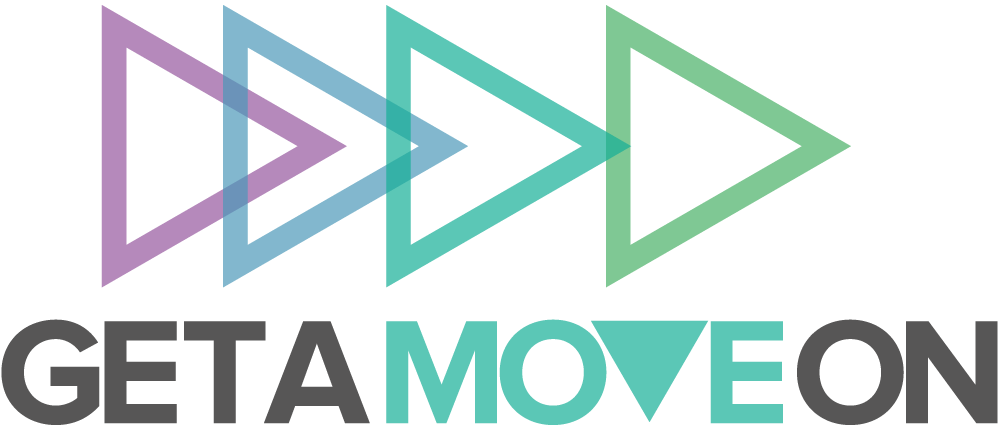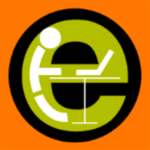Home »
Archives
eWorkLife: Remote Working during COVID19 lockdowns

eWorkLife was a project that ran from 2020 in response to the sudden switch to remote working that was brought about by the COVID-19 pandemic.
We designed a self-reflection tool which aimed to help workers understand their remote working needs and provided personalised recommendations. This tool took the form of a brief survey, which included some open self-reflection questions and some validated surveys that were used to both help workers reflect on their work practices and provide recommendations to strategies they could adopt to help them adapt.
Our 3 step process
- Before you start, take some time to reflect on your work-life balance and what is it exactly you would like to improve. You can spend as much time as you want on this activity. Don’t know where to start? Click here to take part in our research project – we will guide you through a self-reflection exercise (10 mins) and provide you with guidance as to which strategies are most likely to work for you
- Select one or two strategies to start with and see how you get on. Remember, your time = your rules. If something doesn’t work for you, you can always revert back to old habits or try out new strategies. Click here to find an overview of the evidence-based strategies that can help you stay productive while working from home
- We know from psychological research that goal setting is really important in terms of changing a behaviour. A bit like setting an objective, it’s important to choose a clear and measurable goal. In order to help you stick to your new goal, we recommend you write down what you intend to try. You can also decide to share your commitment on social media, or just by talking to friends, family and/or colleagues. Keeping track of how are you going, and what is working, or not working is really important. Also, you will find that as time goes by, or situations change, you might want to revisit your strategies. Don’t be hard on yourself if you don’t achieve your goal. If that happens, set a more realistic goal and start again. It’s best to set small achievable goals than lots of different ones. Most importantly, make sure you give yourself a reward when you have achieved your goal! Those taking part in our research project receive additional support with setting goals to change their digital behaviours.
We have carefully chosen the examples of apps that are listed on this site and we hope you find them beneficial, however, unfortunately, we cannot be responsible for the information provided on other websites or in the apps listed.
- Index of Strategies
- Video content describing the strategies
- The science behind these strategies
- Feedback from people who have used our recommendations
Physical Activity during Lockdown
We were interested in how much physical activity people were engaging in – after the move to remote working erased the need to commute, the gyms closed and, for a period of time, even going out to exercise outside was only allowed once per day. We also wanted to understand the role of digital technology in helping people stay active during the lockdown.
We created a Physical Activity survey that was distributed on social media and through newsletters at University College London. The initial survey attracted a total of 390 participants who told us about their physical activity habits: how much time they spent exercising, commuting and sitting – before and during the lockdown and at the start of the survey, in May 2020.
We then sent out four weekly follow-up surveys, so that each week participants could tell us about the changes in their physical activity as well as their motivations and experiences of using technologies aimed to support activity, such as apps, online classes or step trackers. A total of 126 participants completed all five surveys.
We found that people who used digital activity trackers during lockdown demonstrated an increase in vigorous physical activity. This suggests that a robust exercise regime can be maintained even when access to gyms and classes is restricted and using digital activity trackers may facilitate it. On the other hand, we did not find the use of technology to be related with levels of sedentariness during lockdown. Moreover, although many people became more aware of the importance of physical activity during lockdown, problems with motivation and injury resulting from rapid changes in exercise routine, posed a challenge to staying physical active.
People
A team of researchers developed this project: Professor Anna Cox, Dr Sandy Gould, Dr Joseph Newbold, Dr Marta Cecchinato, Dr Anna Rudnicka and Dave Cook.
Publications
Rudnicka, A., Newbold, J., Cook, D., Cecchinato, M., Gould, S., & Cox, A.L. (2020). Eworklife: Developing effective strategies for remote working during the COVID-19 pandemic.
Newbold, J. W., Rudnicka, A., & Cox, A.L. (2021). Staying active while staying home: The use of physical activity technologies during life disruptions. Frontiers in Digital Health, 3, 753115.
Newbold, J. W., Rudnicka, A., Cook, D., Cecchinato, M. E., Gould, S. J., & Cox, A. L. (2022). The new normals of work: a framework for understanding responses to disruptions created by new futures of work. Human–Computer Interaction, 37(6), 508-531.
Gould, S. J., Rudnicka, A., Cook, D., Cecchinato, M. E., Newbold, J. W., & Cox, A. L. (2023). Remote work, work measurement and the state of work research in human-centred computing. Interacting with Computers, 35(5), 725-734.
Adolescent Mental Health and Development in the Digital World

In 2020, many university programs had to shift at least part of their teaching online. This opened up many questions about the impact of online learning and the lack of in-person interaction on students’ ability to learn and socialise and on their mental health. Professor Anna Cox and Professor Yvonne Rogers led a study investigating the the role of digital technology in the academic and personal lives of undergraduate students who started their courses in autumn 2020.
The study combined mixed-methods surveys with focus groups, conducted in November 2020, and involving a total of 38 student participants. The overarching aim was to understand how these students made use of technology to support themselves through starting university, in the context of the Covid-19 pandemic.
Each focus group participated in four half-hour discussions, centred around the following themes: (1) use of technology to improve mental wellbeing; (2) impact of social media during Covid-19; (3) impact of technology on students’ self-regulated learning strategies; and (4) challenges to maintaining focus during online lectures and strategies adopted to overcome them.
The participants reported using a number of technologies to support learning, social interaction and mental wellbeing. With lectures moved online, students appreciated being able to learn in their own time and at their own speed, however they also reported challenges around effective scheduling and motivation. Online lectures that involved polls and quizzes worked well at maintaining engagement. However, the use of different platforms and technologies across different modules created confusion and made it hard for students to figure out a timetable.
We also learned that some students shifted academic conversations to social media channels such as Instagram, as that was seen as a more reliable way of reaching people. Creation of breakout rooms during lectures was not always effective at facilitating social interaction, as some students struggled with starting a conversation, let alone making new friends. Messenger and social media groups organised by universities were seen as helpful at facilitating interaction between students, but were not available to everyone.
Moreover, the students reported that listening to music helped manage negative emotions and lift mood, and playing video games could help flatmates get to know each other. Other forms of online leisure, however, such as watching films, were often seen as a way of procrastinating, and associated with guilt, unless used sparingly.
This project was funded by the UKRI as part of the Adolescent Mental Health and Development in the Digital World project.
People
This project was led by Prof Anna Cox and Prof Yvonne Rogers with assistance from Elahi Hossain.
Publications
Hossain, E., Cox, A. L., Dowthwaite, A., & Rogers, Y. (2024). Adaptive, Sociable and Ready for Anything: Undergraduate Students Are Resilient When Faced with Technological Change. Proceedings of the ACM on Human-Computer Interaction, 8(CSCW1), 1-32.
Mobile Mental Health Interventions for Anxiety Management

Digital mental health is a rapidly growing area within Human-Computer Interaction. Mental health problems will affect one-third of the population worldwide during their lifetime. At the present moment, anxiety disorders are highly prevalent and are among the most common psychological disorders with an estimated 264 million adults experiencing anxiety worldwide. The significant effects of anxiety disorders make mental health a public health priority.
One of the most evidence-based treatments for anxiety disorders is cognitive-behavioral therapy (CBT). Technology advances have created the opportunity to deliver psychological interventions in daily life – a type of intervention described as ‘ecological momentary interventions’ (EMIs). In addition, such advances have opened up possibilities for the delivery of “just-in-time interventions” that adapt treatment delivery over time to provide interventions most likely to be effective, using information gathered through ecological momentary assessment (EMA) or sensing.
The widespread availability of smartphones has led to a proliferation of mobile apps for anxiety. Such systems can be used in conjunction with therapy, as standalone treatments, or for use in the prevention of mental illness. As such, they provide an accessible solution to many barriers to care.
Designing digital technologies for mental health requires navigating a complex design space, for which various design components have remained unexplored. In addition, despite the potential benefits of using such technologies, the majority of them fail to gain traction, the attrition rates of people using them are high, and sustained use is even rarer. Insights into consumer perspectives regarding how mobile health can best support anxiety disorder management, and how to design mobile technologies to provide an engaging experience for users are lacking. Personalizing intervention content to individual users could lead to sustained use. Yet, currently available technology-based interventions are not tailored to account for variability in different characteristics and we know little about the design options for such systems.
This project investigated the design of mobile interventions for mental health disorders and their potential to improve engagement for anxiety management apps. It unveils the different components that comprise such interventions, the enablers, and barriers to engagement with applications designed for that purpose, the desired features, and the possibilities of enhancing care by personalizing content to individual clients. It asks which are the technological and interaction possibilities of such systems, why users engage and disengage from mobile apps for anxiety management, and how health professionals might tailor intervention content for users of such systems.
People
This project was delivered by Andreas Balaskas under the supervision of Prof Gavin Doherty, Prof Anna Cox, Dr Stephen Schueller.
Publications
Balaskas, a. (2023). The design space of mobile mental health interventions for anxiety management. Thesis
Balaskas, A., Schueller, S. M., Cox, A. L., Rashleigh, C., & Doherty, G. (2023). Examining young adults daily perspectives on usage of anxiety apps: A user study. PLOS Digital Health, 2(1), e0000185.
Balaskas, A., Schueller, S. M., Cox, A. L., & Doherty, G. (2022). Understanding users’ perspectives on mobile apps for anxiety management. Frontiers in Digital Health, 4, 854263.
Balaskas, A., Schueller, S. M., Cox, A. L., & Doherty, G. (2021). The functionality of mobile apps for anxiety: systematic search and analysis of engagement and tailoring features. JMIR mHealth and uHealth, 9(10), e26712.
Balaskas, A., Schueller, S. M., Cox, A. L., & Doherty, G. (2021). Ecological momentary interventions for mental health: A scoping review. PloS one, 16(3), e0248152.
iWARDS
With her colleagues in the Research Department for Medical Education (RDME) at UCL Medical School, Dr Antonia Rich recently interviewed 96 trainees who told them the many challenges to work-life balance they face. The study, “You can’t be a person, and a doctor” (Rich et al., 2016), was published in BMJ Open: https://tinyurl.com/Richetal2016.
They found that a lack of work-life balance in postgraduate medical training negatively impacted trainees’ learning and well-being. The expectation to prioritise work at the cost of their personal lives resulted in low morale and harmed well-being.

To help address this, Prof Anna Cox and Dr Antonia Rich developed an intervention to improve junior doctors’ well-being. In March and April 2018 we ran a series of free workshops with postgraduate medical trainees in three hospitals: the Royal Free, Whittington and University College Hospital. At the workshops, we explored how to enhance resilience and improve well-being. The first part of the workshop looked at how we can increase our resilience through self-care, and the second part of the workshop looked at how creating microboundaries can support work-life balance. Using “reflection cards” we prompted discussions in which participants reflected on and shared their own experience of the practical issues they face.
- Visit the iWARDS website
- Rich, A., Aly, A., Cecchinato, M. E., Lascau, L., Baker, M., Viney, R., & Cox, A. L. (2020). Evaluation of a novel intervention to reduce burnout in doctors-in-training using self-care and digital wellbeing strategies: a mixed-methods pilot. BMC Medical Education, 20(1), 1-11.
GetAMoveOn
The GetAMoveOn Network+ is an interdisciplinary community of researchers and practitioners, funded by an EPSRC grant running from June 2016 to the end of May 2021. Our aim is to transform health by enabling people to lead more active lives with the help of digital technologies.

When we move more, we become smarter; as we become stronger, chronic pain decreases. Greater movement, especially in social contexts, improves collaboration. As we move, not only do we reduce stress: we improve our capacity to handle stressful situations and to see more options for creative new solutions. Movement enhances both strength and stamina, improves bone mineral density and balance, reducing incidence of falling and associated hip injuries (causes of death in the elderly). Movement complements other functions, from assisting with sleep and therefore memory and cognition, to helping with diet and associated hormones – improving insulin sensitivity and balancing cortisol. There are recent studies showing benefits of movement related to dementia. And yet, physical inactivity is the fourth leading cause of death worldwide; sedentarism has been called the “new smoking”. Meanwhile costs to UK GDP from sedentarism and associated disease are increasing – from sick days lost to work, to elders losing mobility and having to move into care homes.
We have designed ourselves into our sedentarism: sitting during our commute, at desks while we work, and at home on the sofa. There is a critical need to design ourselves back into the natural effects of health accrued simply by moving more. We need solutions that will help build both the evidence and the experience that movement can enhance and benefit people’s lives.
New technologies are transforming our ability to capture lifestyle data on individuals in real time. Consumer technologies such as step counters and wifi scales are the tip of an iceberg – research programmes worldwide are proposing lifestyle data capture from devices ranging from video cameras to electricity meters to wearables. Meanwhile pervasive connectivity allows that data to be transmitted, processed through powerful machine learning tools and provided back to people in a heartbeat. While we understand the potential technologies, we do not yet know how to leverage the technology effectively to support transformative health.
Current approaches in ehealth generally only reach a small part of the population that is already interested in fitness, personal data capture, or both. Their uptake is, furthermore, of dubious effect as two recent medical reviews have shown. To have a national impact on health and wellbeing, to reduce the crippling burden of long term health conditions and to move healthcare from the clinic to the community, we need to reach everyone, across a range of abilities and aspirations. We need to connect the potential of the technology with the potential of people and realise the benefits of a healthy, brilliant, population.
Realising this potential requires research on novel technical solutions, supported by theories from sports and health sciences on blending appropriate movement strategies for particular performance aspirations to behavioural and cognitive sciences on ways to engage people to make effective and meaningful progress. We need to understand what measures are appropriate not just to evaluate progress, but to guide it and adapt to it. To have meaningful impact across these dimensions we need to combine a range of expertise including sensor networks, data analytics, interactive visualisation, human computer interacton, online citizen engagement, behaviour change, sports, exercise.
ECLIPSE
ECLIPSE -Exploring the Current Landscape of Intravenous Infusion Practices & Errors- was a research project funded by NIHR (2014-2017) studying medication practices with infusion devices, to document the variety of existing practices and deliver recommendations for best practice in different situations. More details are available on the project website and on the NIHR site (including the research protocol).
CHI+MED
CHI+MED was a flagship project funded by the Engineering and Physical Sciences Research Council (EPSRC). The project ran for 6 years from late 2009 with initial funding of £5.7 million (EP/G059063/1).

The aim of the CHI+MED project was to transform the way in which interactive (programmable) medical devices are designed, bought and used, in ways that both prevent and reduce the consequences of medical errors. Our goal was to make the use of medical equipment safer, whether in hospitals or at home, and in so doing, to help to make the work of nurses, doctors, managers and device manufacturers save lives.
Some incidents involve errors with interactive medical devices such as infusion pumps that give drugs for treatment and pain relief, glucometers that measure blood sugar levels for people with diabetes, and vital signs monitors. In one study of medications through an intravenous (IV) pump, two thirds of the medications included at least one error.
These devices are intended to be used by people without extensive training. We are relying on them more and more, both in hospitals and by patients or their carers at home. It is vital that they are both reliable and easy to use.
If nurses, doctors or patients themselves misread the devices or make mistakes when setting up doses then this can, and unfortunately does, result in incorrect treatment, and can even kill.
We are focusing on the science and engineering of interactive devices to understand and solve these problems.

